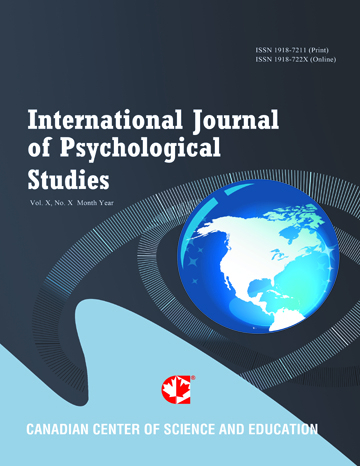Intervention Class Study to Promote a Morning-Typed Life for Japanese Junior High School Students Using a Picture Leaflet as a Teaching Subject
- Misako Kawamata
- Ryota Kawasumi
- Takahiro Kawada
- Miyo Nakade
- Fujiko Tsuji
- Milada Krejci
- Teruki Noji
- Sayako Tsunomori
- Hitomi Takeuchi
- Tetsuo Harada
Abstract
An intervention study was performed as a class (50 min for 136 junior high school students aged 13-14 years old) using a picture leaflet for junior high school students. The leaflet shows a detailed model day for “morning-typed student” versus “evening-typed one” based on several scientific evidences so far. An integrated questionnaire was administrated just before the intervention class and also one month after the class and the effects of class was evaluated. The questionnaire included the Diurnal Type Scale (DTS) which Torsvall and Ǻkerstedt (1980) constructed, and questions on sleep habits, mental health and breakfast contents. Among the students who occupied 75% as the morning- and medium typed populations before the intervention, students who increased the number of dishes at breakfast after the intervention class did not significantly shift their DTS scores (p=0.200), while students who did not change the number shifted their DTS scores to more evening-typed (p=0.012). Among ones who occupied 25% as evening-typed, students who increased the number of dishes significantly shifted their DTS to morning-typed (p=0.026), while ones who did not change the number did not change their DTS (p=0.893). In the whole, although the students experienced the intervention class, there were no significant effects to shift their diurnal rhythm into morning-typed direction, because the month after the intervention is the winter holidays (December-January). The intervention study may be effective for students to prevent the shift of their diurnal rhythm into “evening-typed”, even though the teacher of the intervention class has no previous knowledge on sleep sciences at all and study the leaflet for only 2 or 3 hours just before the class.
- Full Text:
 PDF
PDF
- DOI:10.5539/ijps.v9n3p79
Journal Metrics
1. Citations (March 2025): 10975
3. i10-index (March 2025): 233
For details about the Journal Metrics, please visit the Google Scholar website.
Index
- AcademicKeys
- CNKI Scholar
- Elektronische Zeitschriftenbibliothek (EZB)
- Excellence in Research for Australia (ERA)
- GETIT@YALE (Yale University Library)
- Harvard Library E-Journals
- JournalSeek
- JournalTOCs
- LOCKSS
- MIAR
- Open Access Journals Search Engine(OAJSE)
- Open J-Gate
- PKP Open Archives Harvester
- SHERPA/RoMEO
- Standard Periodical Directory
- The Keepers Registry
- UCR Library
- Ulrich's
- Universe Digital Library
- WorldCat
Contact
- Barbara SunEditorial Assistant
- ijps@ccsenet.org
